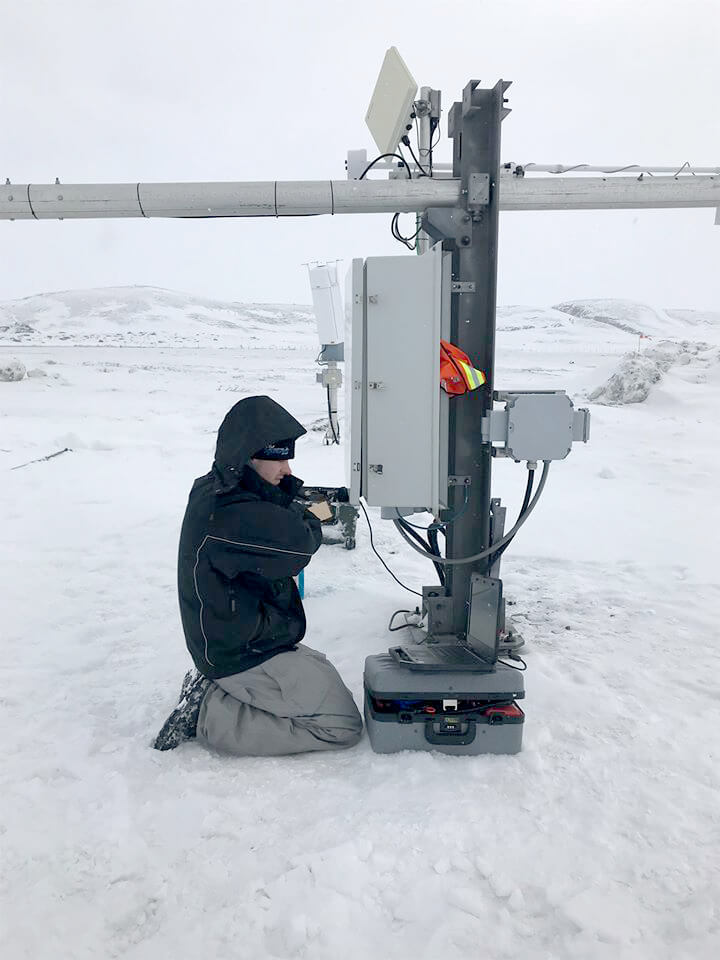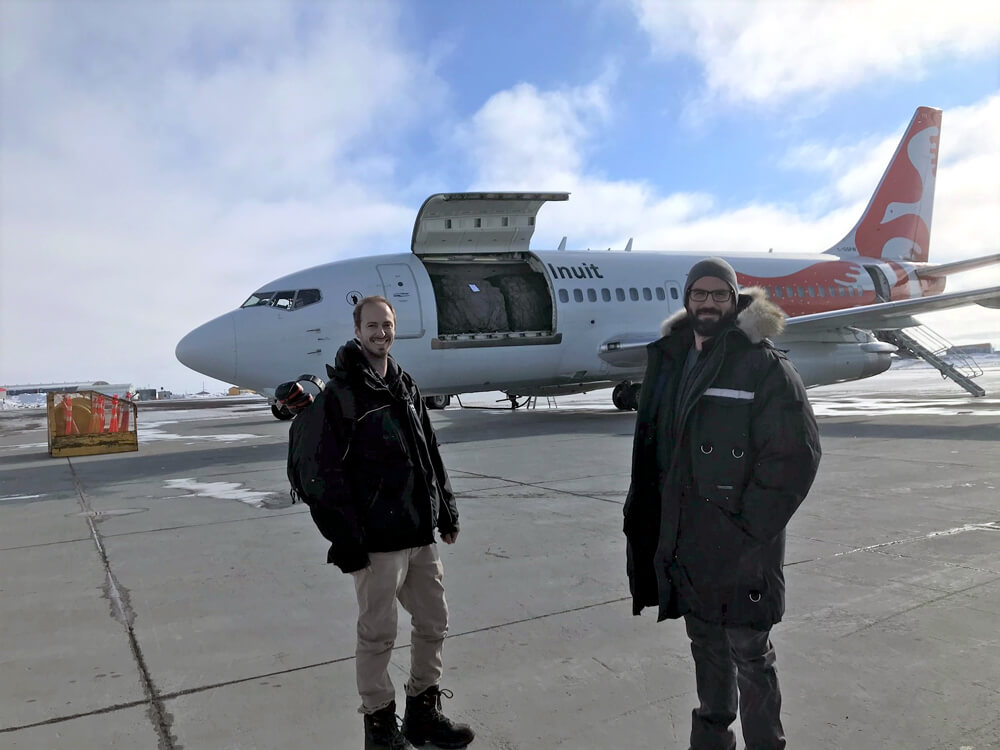







June 24, 2020
From the biggest cities to some of the most remote places in Canada, our air navigation technologists support and maintain equipment and infrastructure critical to operating a safe and efficient air navigation system. For many of our technologists on the frontlines, who continue to work on-site and in the field to support our air traffic services, their daily routines and their focus have been altered significantly by the pandemic and efforts to contain COVID-19.
That’s the case for NAV CANADA’s Jonathan Tremblay, a Communications, Navigation and Surveillance (CNS) Technologist based in Montreal. He shared with us what it’s like to be an essential worker in his field, and how maintaining safe operations has taken on new meaning under these difficult circumstances.
Jonathan Tremblay, CNS Technologist
Tremblay joined NAV CANADA in 2009 and is based at the site of our Montreal Control Tower. Tremblay and his colleagues on the CNS Radar team are responsible for maintaining and repairing equipment in the field, including radar, radios and weather systems, at locations across the flight information region.
Some of this work takes place in the Montreal area, but often the CNS team needs to travel to Nunavik, a region of remote communities in northern Québec, to perform maintenance. Heading to the North to maintain equipment always requires a great deal of careful planning and preparation. Since the start of the pandemic, however, it has become even more challenging.
“In the North you need to use all your skills,” says Tremblay. “There’s often no cellular coverage and you can be working alone, so you need to use all your knowledge and training and be ready for everything. A simple task like finding a vehicle to rent can turn out to be enormously difficult when you’re in the North.”
There are about a dozen sites in northern Québec alone under the responsibility of the CNS team. However, NAV CANADA’s technologists are keeping travel to these communities to a strict minimum, in an effort to keep everyone safe and healthy.

Chartering flights
Before the pandemic, the technologists would travel to remote sites on commercial flights, but now those flights are few and far between. For a recent trip to Aupaluk in northern Québec to repair a wind tower, Tremblay had to travel on a charter flight.
As well, when traveling north the team is now avoiding an overnight stay. With medical services being extremely limited, being infected with COVID-19 in the North is a high risk.
“That’s the new normal for us,” says Tremblay. “We take the charter in the morning and return later that day. And that means you can’t make any kind of mistake in your planning. You’ve got to bring everything with you, to make sure you can fix any type of problem when you get there. You don’t want to forget anything – whether it’s proper clothing, spare parts or equipment.”

On another recent trip, Tremblay and two colleagues headed north on an Air Inuit cargo jet to fix an AWOS (Automated Weather Observation System) at the Puvirnituq airport. “Not used as a passenger flight, they rearranged two rows of seats inside the Boeing 737 to make room for the three of us and two air stewards,” says Tremblay. “Puvirnituq is used as an alternate airport by many carriers in the North, so Air Inuit and others were anxious to have the AWOS return to operation.”
A sense of pride
Back at the Montreal-Trudeau airport, life has changed for the technologists in other ways. CNS technologists have been divided into three teams, known as a crew structure. The teams are kept separated from each other at all times, to avoid cross-contamination should someone become infected with the virus.
Each CNS team maintains a NAV CANADA truck with all the testing equipment inside – everything they need to perform corrective maintenance on equipment within driving distance of the Tower, while reducing the need to enter the facility.
Controllers and technologists have also been separated within the Tower itself. Tremblay says he and his colleagues are adjusting as well as possible to what is the new normal, and he feels great pride and professionalism in being classified as an essential worker on our operational frontlines.
“I think it gives a real sense of purpose to what we’re doing,” he points out. “It is gratifying to know that our work is having a positive effect on people, and that you are part of something very important.”